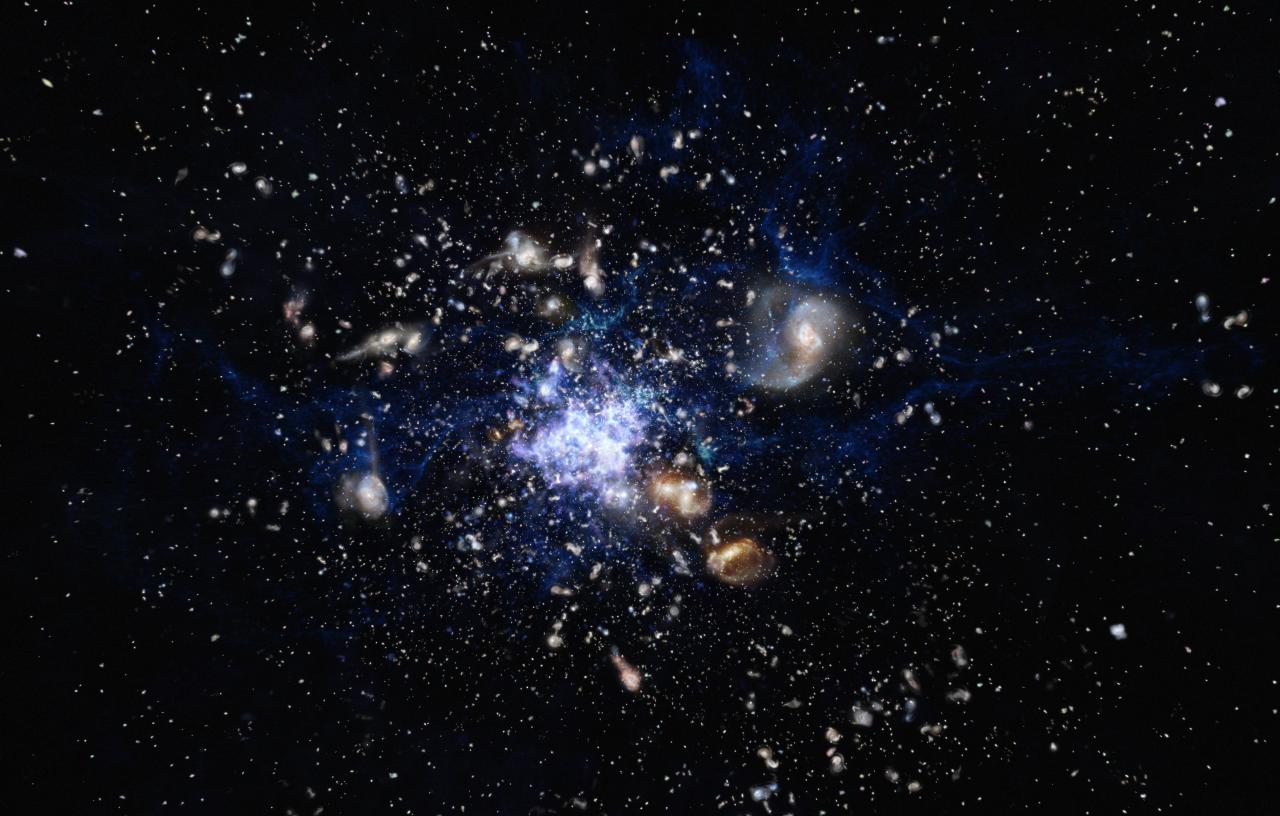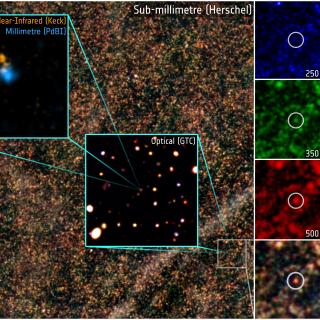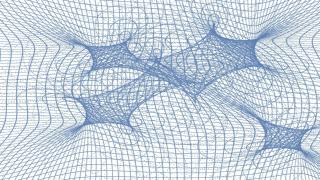Subvenciones relacionadas:
General
Dos cuestiones fundamentales en la Astrofísica son la conversión de gas molecuar en estrellas y cómo este proceso físico depende del entorno en todas las escalas, desde sistemas planetarios, cúmulos estelares, galaxias hasta cúmulos de galaxias. El objectivo principal de este proyecto es el de estudiar la formación y evolución de galaxias a partir de la materia interstellar. Por ello, estudiaremos el gas molecuar frío, el combustible de la formación estelar y el polvo, producto residual del proceso de formación, en galaxias a través del tiempo cósmico. Los estudios están basados, sobre todo, en observaciones en el infrarrojo lejano y en el radio. Nos centraremos en observaciones con interferómetros de radio como son NOEMA, ALMA, ATCA, SMA y VLA. Se preveen estrechas colaboraciones con otros proyectos del IAC, sobre todo para observaciones de galaxias con telescopios de radio. El grupo de trabajo caracterizará las propiedades de la formación estelar de galaxias masivas en el universo lejano a través del tiempo cósmico. Esto nos dará la oportunidad de estudiar la secuencia de formación de galaxias con brote estelar. Además, este grupo de trabajo investigará fuentes selecionadas desde cúmulos de galaxias y del campo para explorar la evolución de galaxias en funcion del entorno. Además, realizaremos estudios complementarios de galaxias locales (seleccionadas desde CALIFA y WEAVE-APERTIF) que servirán de referencia para investigaciones futuras de galaxias a alto redshift.
Miembros
Resultados
- Observaciones de follow-up de una galaxia amplificada con brote estelar a z=2.04 con el radio interferómetro IRAM NOEMA descubrío propiedades del gas molecular extraordinaras y revelo la emision más alta en gas molecuar jamas visto en el universo distante; Dannerbauer et al. 2019, AJ, in prensa (astro-ph/1812.03845).
- Contribuciones con varios articulos de co-autor (parte de colaboraciones internacionales) a la investigacion de cúmulos de galaxias en formacion en el universo lejano y sus miembros via estudios de multi-longitud de ondas.
- Otorgada ayuda externa via el plan naciónal de MINECO para 2018 y 2019 incluyendo fondos para contrarar un postdoc por dos años (AYA2017-84061-P: ´De las primeras sobre-densidades a los proto-cumulos ycúmulos: el papel del entorno´, 141.570 Euro, IP1: H. Dannerbauer, IP2: J. M. Rodríguez-Espinosa).
- Concedido tiempo de observaciones para continuar y finalizar el ATCA programa larga 'COALAS: CO ATCA Legacy Archive of Star-Forming Galaxies' (IP: Helmut Dannerbauer), en total 640 horas (~500.000 Euro). Concedido el IRAM NOEMA programa larga ‘A Comprehensive NOEMA Redshift Survey of the Brightest Herschel Galaxies’ (CoIP: Dannerbauer) of 191 hrs. (~770.000 Euro).
- Organización del mini-symposium 'Build-Up of Galaxy Clusters' durante la IAU XXX Assamblea General en Viena en Agosto de 2018 y del splinter "Collaborative GTC-LMT projects" durante el GTC congreso en Valencia en Diciembre de 2018.
Actividad científica
Publicaciones relacionadas
Charlas relacionadas
No se han encontrado charlas relacionadas.Congresos relacionados
No se han encontrado congresos relacionados.Noticias
No se ha encontrado ninguna noticia relacionada.



